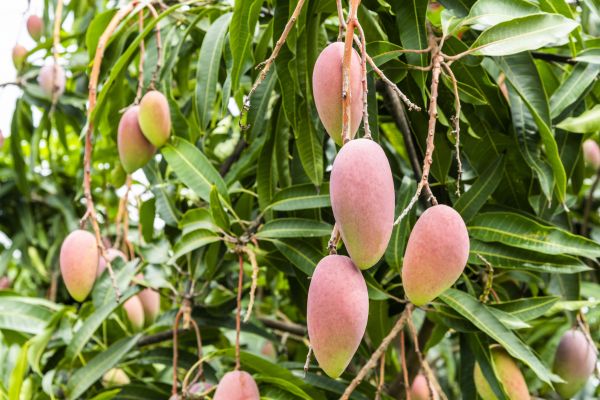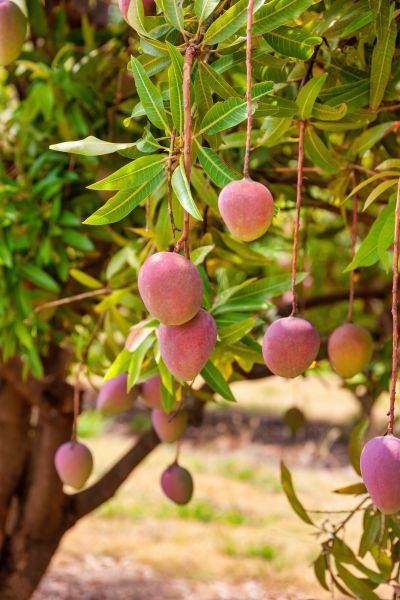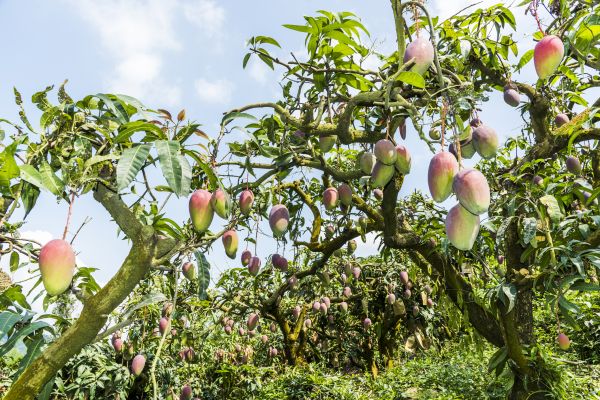FAQs
What is mango pruning, and why is it important?
Mango pruning involves selectively removing specific branches and foliage from a mango tree to enhance its health, shape, and fruit production. It is important because it encourages better air circulation, improves light exposure, removes dead or diseased wood, and ultimately leads to higher-quality mangoes and a more manageable tree structure.
When is the best time to prune mango trees?
The optimal time to prune mango trees is during the late winter or early spring, just before the new growth begins. This timing helps minimize stress on the tree and supports vigorous growth during the growing season. Avoid pruning during the flowering period, as this can adversely impact fruit set.
How much of the tree will be pruned during a service?
Typically, about 20-30% of the tree's canopy may be pruned, depending on its age, size, and overall health. Professional pruners will assess the tree and determine the appropriate amount to prune to maintain a balanced structure while promoting healthy growth.
Will pruning affect my mango tree's fruit production?
Initially, pruning may lead to a temporary reduction in fruit production, but it ultimately benefits the tree in the long run. By removing overcrowded or weak branches, pruning allows the tree to focus its energy on producing higher-quality fruit in subsequent seasons, resulting in larger and sweeter mangoes.
Can I prune my mango tree myself, or should I hire a professional?
While some homeowners may attempt to prune their mango trees, hiring a professional is often advisable for optimal results. Professionals have the expertise and tools necessary to assess the tree correctly and apply proper pruning techniques. This ensures the health of the tree is maintained while maximizing fruit production, ultimately leading to better outcomes for the homeowner.



